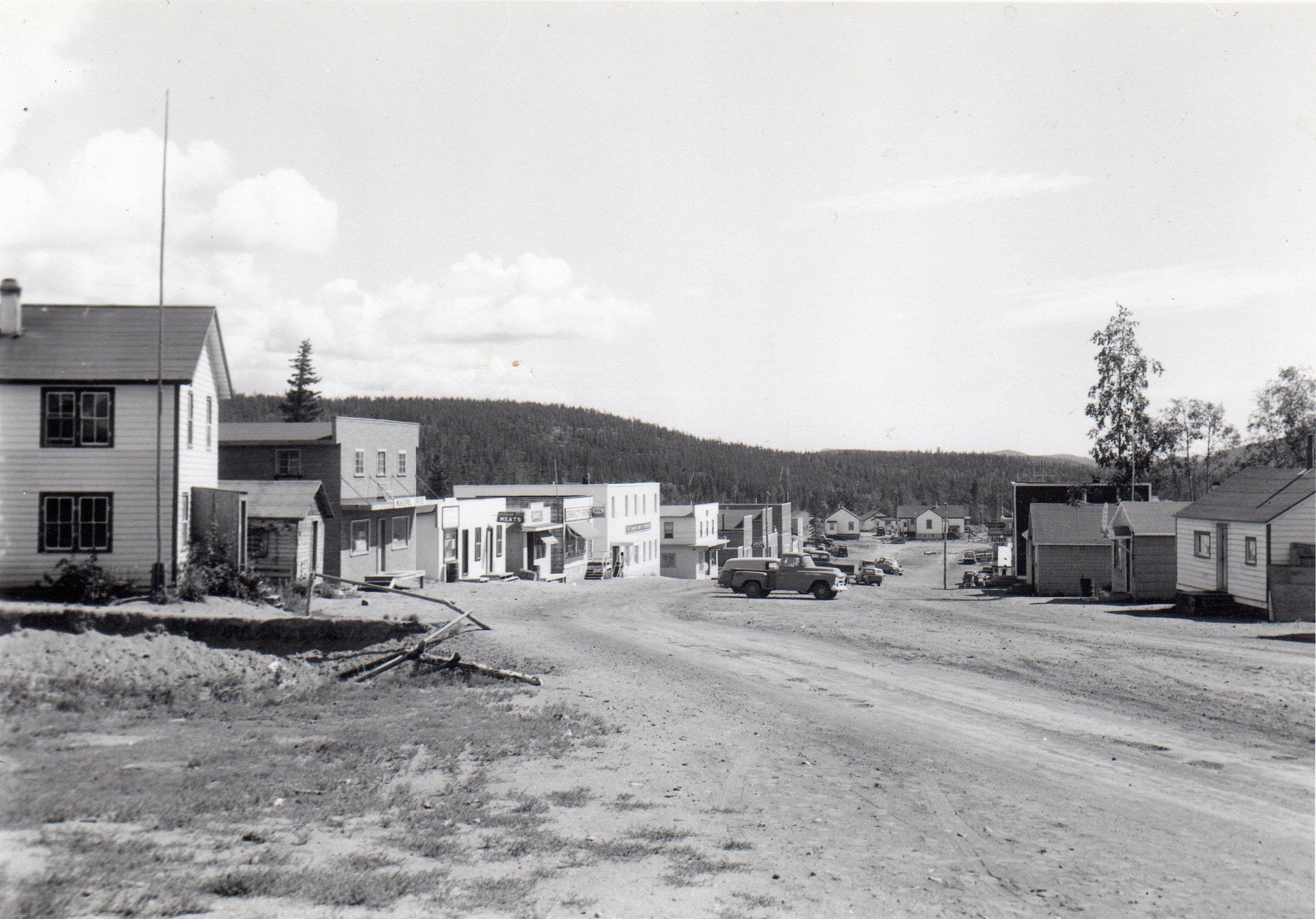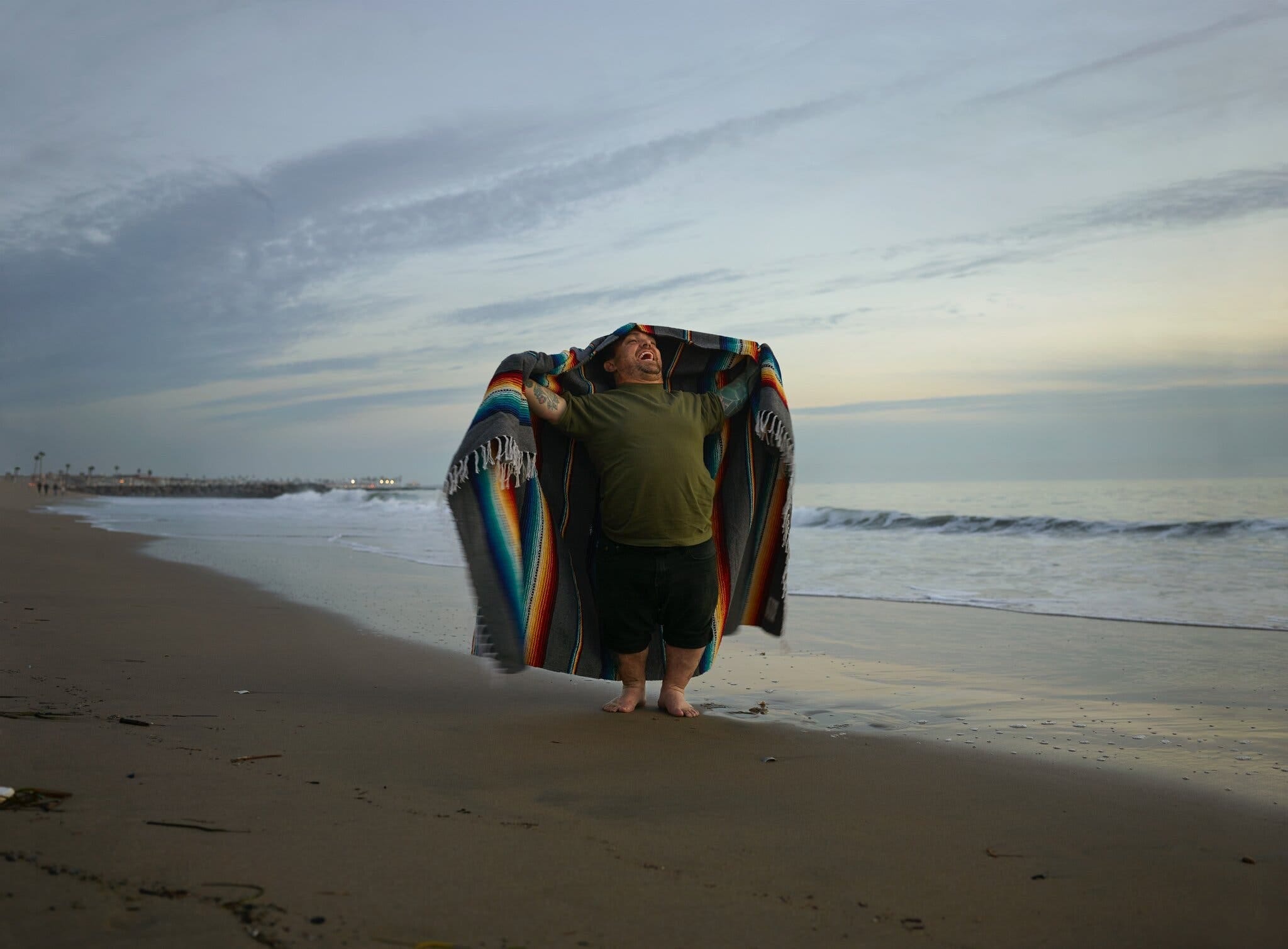Boom, bust, Bloc Party
Plus: MegaFits, longterm relationships, the coping is lava and more.
The definitive weekly ranking and analysis of all the skateboarding and other online things that I cannot stop consuming and how they make me feel, personally.

Boom, bust, Bloc Party
Half-life: 704 million years
Mood: ☢️ ⛏️

In 1952, the province of Saskatchewan was rife with mines. Mines of all kinds. The area surrounding Beaverlodge Lake, a body of water fixed in the northernmost tip of the province, was rich in uranium deposits. So people dug. More than 50 mines were scattered around the area, most developed by Eldorado Mining and Refining, a federal Crown corporation. Their economic potential became apparent enough that the province decided to establish a community to service the industry’s workers. The aptly named Uranium City was settled.
For the next 30 years, people pulled uranium from this pocket of the earth, just 48 kilometres shy of the North West Territories border. Nuclear reactors hummed in appreciation. People travelled up and across the country in search of work, like my grandfather and his brother. The latter, a bus driver who shuttled workers to and from the mines, would never return. Uranium City’s population would eventually swell to 2,507 by 1981. The following year the mine closed, and the economy and community, predictably, collapsed. Recent census data shows that just 73 people still called Uranium City home as of 2016.
Abandoned buildings, empty swathes of concrete, no one to tell you to get lost—that’s the makings of a great place to skate. Mark Powder, who now operates the Indigenous-run brand Prevail Skateboarding, demonstrated as much in a series of late ‘00s edits I stumbled across in a fit of unrelated research. Powder’s steady progression of skill would be the most growth the ghost town had seen in decades.

First time’s the charm
Rank: 1
Mood: 🧢 👕👖👟
For a few weeks last fall, I would unknowingly dress exactly like Bob Burnquist’s character in the original Tony Hawk’s Pro Skater. Considering it in retrospect, and as a compliment to myself, this is one of the best fits in the history of skateboarding video games. But as we watch this timeline of the Burnquist avatar’s outfits continue, it was also the start of a steady decline.
Some of this is obviously due to a shift in personal style, as the digital characters were generally modelled after whatever clothes the IRL skater was wearing at the time. Still, much of it can be attributed to the wasteland that was skateboarding fashion in the ‘00s. No one, not even one of the world’s most prominent pros, was free from its influence of gaudy graphic tees and sagging misshapen beanies. ‘05 and ‘06 should serve as stark reminders of where we’ve come from and where we hope never to return.

Longterm relationships
Status: It’s complicated
Mood: ❤️💔❤️
In Vincent Alvarez's recent “Out There” feature for Thrasher, he brings us, the audience, to a personally revelatory curb cut. He believes that here is where the fakie bigspin first unlocked itself in his brain. Potentially his first trick ever learned, a maneuver that defines much of his skateboarding to this day. The relationship skateboarders have with tricks is a winding, ill-defined thing. Especially ones we embrace early on. They can dot your repertoire like dandelions, a splash of colour at first, then becoming crutches, fallbacks, as regular and resilient as weeds.
I learned how to pivot-to-fakie at 12 or 13 years old, and I couldn’t stop. Every piece of transition I encountered had to be pivoted-to-fakie, no questions asked. Eventually, I began to spin and shove and occasionally flip into and out of them, creating a whole extended universe of these goddamn pivot-to-fakies. Then I grew weary of them, self-conscious even. Had everyone noticed all of the pivot-to-fakies I’d been doing? Were they laughing at me behind my back, as if they’d just discovered that all I ever listened to on my 20-song-max MP3 player was that one Justice song on repeat?
But over time, pivot-to-fakies found themselves back in rotation as warm-up tricks or occasional set-ups to another. Maybe a spin in, perhaps a shove out. Our relationship, now decades old, became more measured. Patient. Honest. An old friend stopping by for a quick beer. Nice to be around, but not overwhelming.

An equally desirable outcome
Rank: 1
Mood: 🚐 🚐

Thick light-compression socks occupy a larger share of Acuña’s attention and interest than that of the average American adult for the same reason that skull stickers do: He is a skateboarder. To spend a few days with Acuña, who is 48, is to inhabit a parallel version of California — seemingly even more densely populated than the real California — where everyone is a professional skateboarder, or works for a skateboard company, or works for a different skateboard company, or is a skateboard photographer, or is a pioneer of skateboarding, or invented some crucial component of skateboards, or ran a skateboarding magazine, or doesn’t do any of that but can still kickflip.
In Caity Weaver’s excellent profile of Jason Acuña for the Times, she prods at one of skateboarding’s core truths: when you’re in it, you’re really in it. At any age, skateboarding can be an all-consuming thing. Dictating who you hang out with, where you hang out with them, and even what you end up doing with this life that’ll allow you the freedom to keep riding that all-powerful toy around.
I asked what his job would have been if he hadn’t managed to make a career out of “Jackass.” He stopped what he was doing — which was whistling — and thought for a few seconds. “I think I would have just been a guy that grew old and worked at a skate shop,” he said. His tone suggested this was an almost equally desirable outcome.

The coping is lava
Rank: 9 (Club)
Mood: ☠️
It is interesting, isn’t it, that in the world of professional skateboarding, you really only have to be good at some parts of skateboarding, not all. In fact, you can be shit at almost everything besides the one part that’s yours. When Paul Rodriguez skates a contest, the course’s quarter pipes are a hindrance. If he has to, he’ll begrudgingly axle stall or timidly touch down a rock to fakie. Sometimes he’ll simply launch out, grab his board and place it into the drop-in position to set himself up for the next ledge.
In most other professional athletic endeavours, you need to at least be competent in all areas. Sure, Steph Curry is the best to ever do it behind the arc, but his defence is pretty solid, too. Players become liabilities if they can’t perform in both directions. In skateboarding, if you so desire, you can pick your preferred discipline like it’s an RPG character class and ride that thing to the top (maybe not freestyle, but just go with it). Sure, there’s overlap. Grant Taylor receives his laurels for it. But you don’t need to. Can Ronson Lambert roll in? It doesn’t matter, and frankly, that’s a beautiful thing. These separate little galaxies all spinning and flipping and grinding within the same universe, rarely, if ever, having to touch.

Something to consider: a review of Extinct: A Compendium of Obsolete Objects and a look at the lifecycle of our things, by Sophie Haigney for The Baffler.
Good things: the inaugural issue of Mess Skate Mag.
Until next week… when’s the last time you had a Dr. Pepper?






